The Photron RC6 is the smallest telescope in iOptron’s Photron RC range, and this review looks at how it performs when used with eyepieces and a camera.
When the Photron RC6 arrived, we immediately inspected the alignment of the mirrors.
These are initially collimated at the factory, and then Rother Valley Optics (the supplier of the review model) re-checks each telescope on an optical test bench.
- Buy now from B&H Photo Video
This telescope is among our pick of the best telescopes for astrophotography

Our initial check was conducted during the day with a Cheshire eyepiece, and then we re-tested the alignment using a suitable star once darkness had fallen.
The tests confirmed the review model was in good condition and the collimation was near perfect.
Any adjustments to the alignment of the primary and secondary mirrors can be made with an Allen key, but this shouldn’t need to be done too often.
It’s impossible to ignore the solid construction of the Photron RC6: the tube is steel with metal fittings at either end and there’s nothing flimsy about the design.
The secondary mirror holder is held in place by sturdy 2mm steel struts, which show no sign of flopping or flexing in any orientation.
Straight out of the box, the optical tube weighs nearly 5.5kg, but once it’s configured for use that weight increases, especially towards the rear of the telescope.
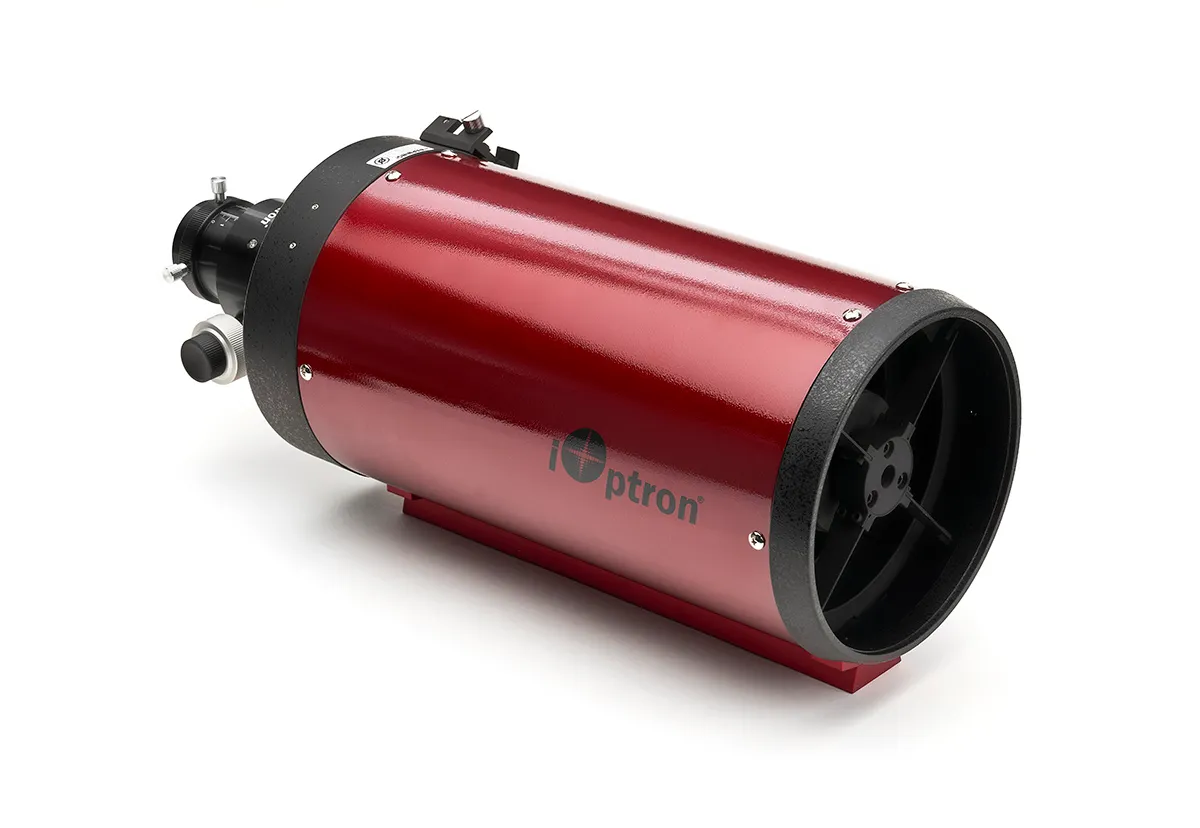
The mount we used, like many, performs best when the telescope is nicely balanced, and to achieve this we attached additional weights at the front.
The Photron RC6 took around an hour to acclimatise, but once it had settled down we found that there was very little variation in focus over the course of a few hours’ use.
Periodic checks during an imaging session revealed that only micro-adjustments were needed.
The Photron RC6 can be used for observing and imaging. Taking advantage of some clear moonless nights, we attached a colour camera and set about taking some pictures.
Despite its petite dimensions, the Photron RC6 has a focal length of 1,370mm, which makes it capable of picking up smaller deep-space objects such as galaxies, planetary nebulae and globular clusters.
We took a few images of the Trapezium Cluster in Orion and the Photron RC6 produced good, round stars and nice, sharp edges on the nebulosity.
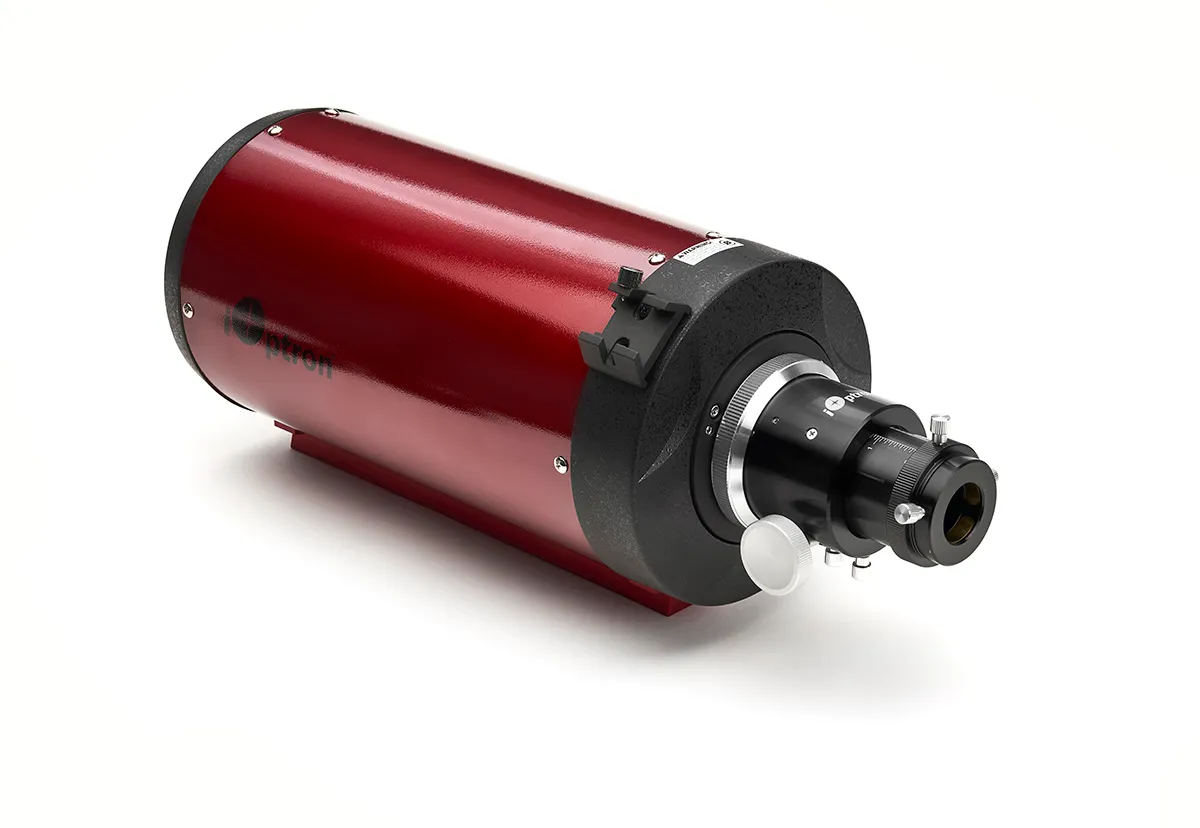
From there, we moved on to globular clusters, with M3 and M13 presenting nicely at the scale offered.
We also managed to capture a few frames of Bode’s Galaxy, M81 and the Cigar Galaxy, M82.
It struck us that the Photron RC6 would make a perfect setup option for imaging Messier Catalogue objects, especially as it works so well with a colour camera and can be so easily transported to darker sky sites.
After proving its capabilities with a camera attached (the f/9 optics helped produce well contrasted images even with less-than-ideal suburban skies), we fitted a star diagonal and tried a selection of eyepieces.
Starting with a 21mm wide-angle eyepiece, we found the view of a 75%-illuminated waning Moon was very pleasing at 65x magnification, with plenty of good natural colours and sharp detail on display, both around and within craters.
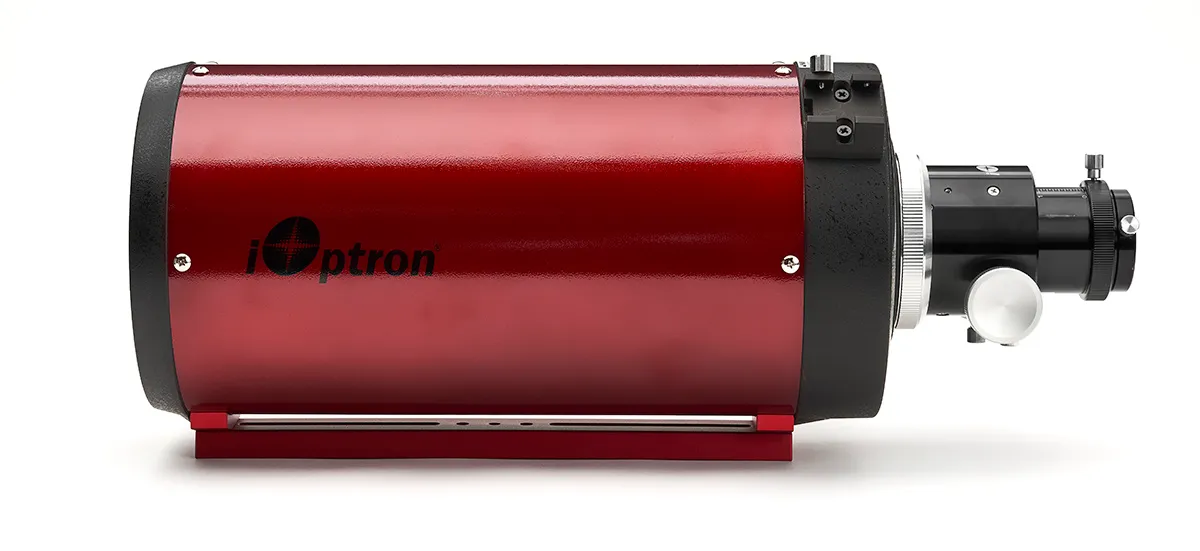
Despite a fairly low elevation and moderate seeing conditions, the suggestions of craterlets within Plato held our attention for some time.
Our favourite view came with a 13mm eyepiece, which gave the lunar disc an almost three-dimensional appearance at 105x magnification, while globular clusters M3 and M13 presented a rewarding spectacle that seemed to fill the view, even in the moonlight.
A 10mm eyepiece working at 140x magnification pushed the seeing limits, but it was still able to present the glorious colours of a few red stars very nicely, particularly Betelgeuse (Alpha (α) Orionis) and Arcturus (Alpha (α) Boötis).
There’s no doubt that the Photron RC6 is a very capable telescope, suitable for both imaging and visual use. And at this price point it’ll appeal to both seasoned astronomers and newcomers alike.
The Ritchey-Chrétien mirror design
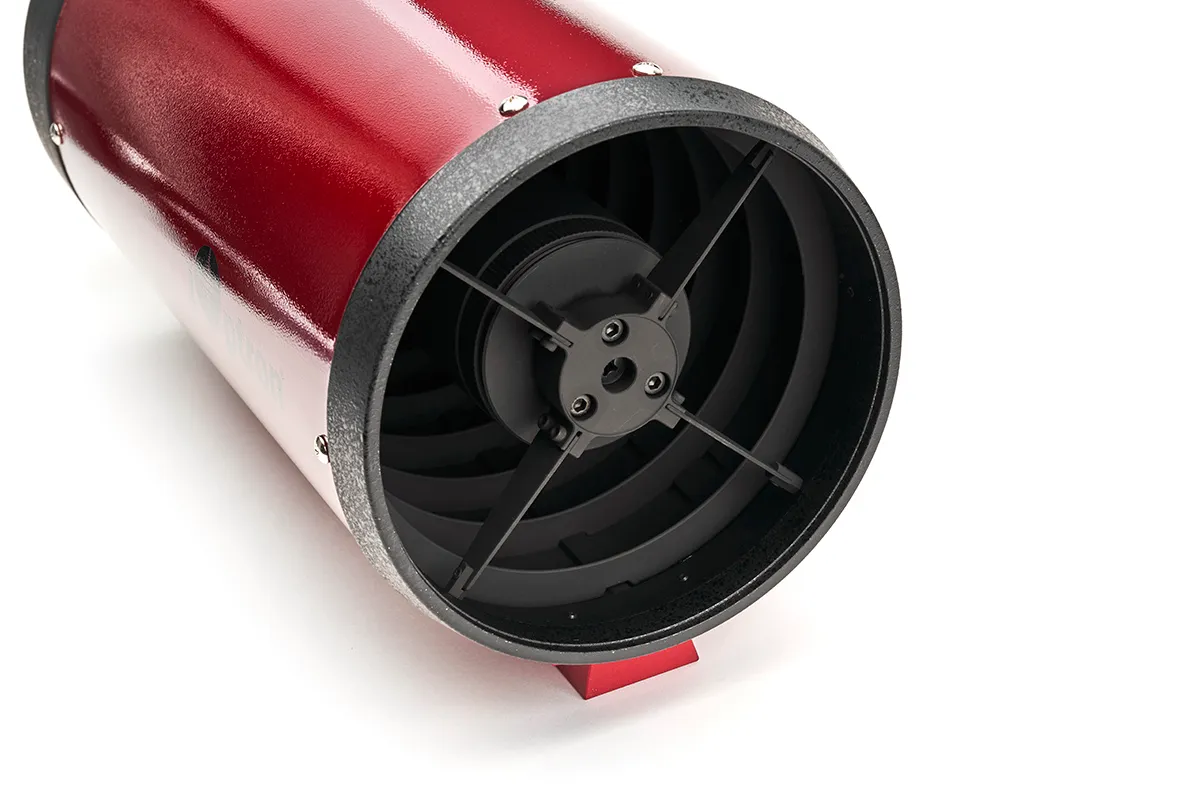
First introduced over a century ago, Ritchey-Chrétien telescopes have become a design of choice for professional telescopes, including the European Southern Observatory’s Very Large Telescope and even the Hubble Space Telescope.
The reason for its popularity is the combination of hyberbolic concave primary and convex secondary mirrors, which, unlike other designs, achieves an image free of distortions caused by spherical aberrations and coma.
Modern manufacturing processes have made it possible to produce these mirrors for amateur instruments and a Ritchey-Chrétien telescope might just present the optimal choice for an amateur.
For example, a 6-inch (150mm) refractor with glass lenses that can produce comparable coma and chromatic aberration–free images would typically be much more expensive and much easier to transport.
Of course, any telescope style is a compromise to some extent but, pound for pound, the photographic and visual performance of the Photron RC6 ticks more boxes than its rivals.
It warrants serious consideration, especially for first-time telescope buyers looking for an instrument.
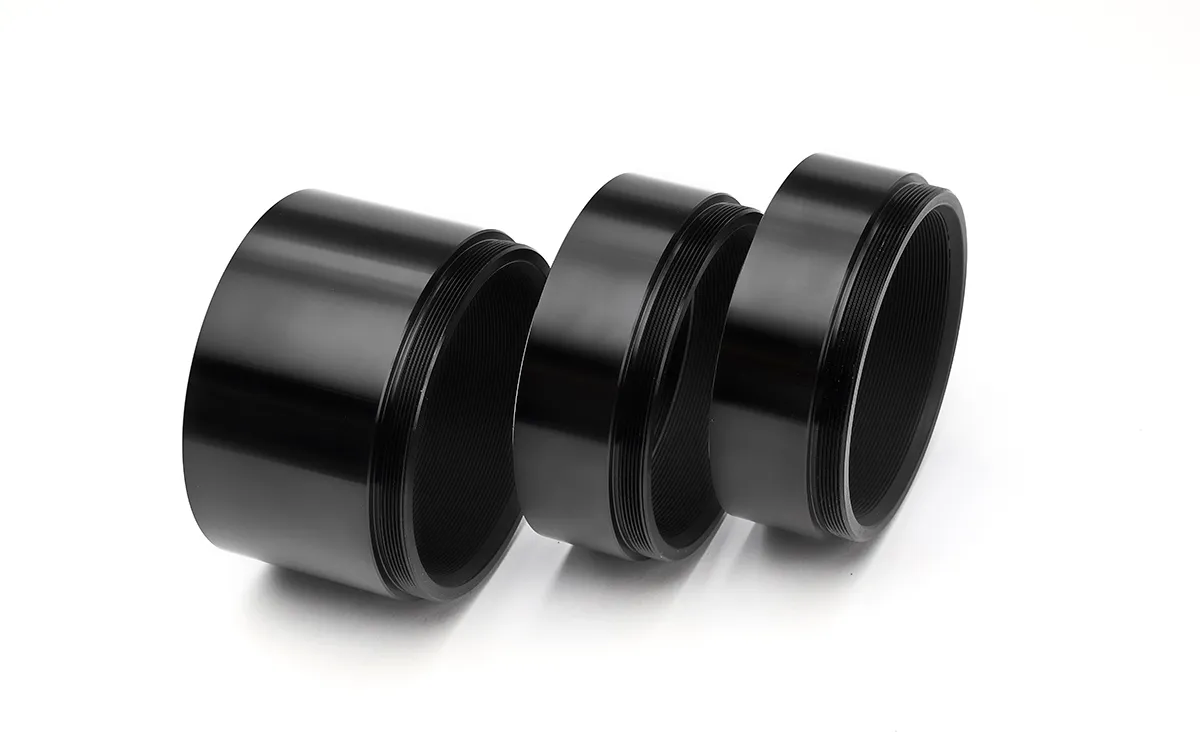
iOptron Photron RC6: 5 best features
Vixen-style dovetail bar
The Photron RC6 features a full length, Vixen-style dovetail bar, in a stylish, matching anodised-red finish. The bar is attached via permanent brackets and adds rigidity to the optical tube, solidly supporting the telescope and any accessories you may wish to attach to it.
Knife-edge baffles
Seven knife-edge baffle rings sit snugly together inside the optical tube, but aren’t permanently attached to the tube walls. Their role is to reduce, or ‘baffle’, any stray light that may enter the tube. The rings help to increase contrast at the eyepiece, producing a clearer view of faint objects.
Finder shoe
A finderscope is a useful addition to a long focal-length telescope like this. There isn’t one included in the package, but a standard finder shoe is provided and it can be positioned on either side of the focuser to suit your preference or mount type.
Focuser
The dual speed 2-inch focuser is a Crayford design and can be rotated into position with the large, knurled ring. It’s smooth in operation and the tension is easily adjusted, while the 1:10 reduction gear allows smooth and accurate fine focusing. The locking thumbscrew holds the focuser firmly in place once it’s been set.
Extension tubes
The Photron RC6 is supplied with 2x 25mm and 1x 50mm extension tubes, which have a generous thread for accurate attachment to the rear of the telescope. The tubes allow a variety of accessories to be used with cameras and filter wheels, as well as letting you attach diagonals and eyepieces.
Vital stats
- Price: £399
- Optics: Ritchey-Chrétien Cassegrain
- Aperture: 150mm (6-inch)
- Focal length: 1,370mm, f/9
- Focuser: 2-inch dual-speed Crayford
- Length: 490mm
- Weight: 5.4kg
- Supplier: Rother Valley Optics
- Tel: 01909 774521
- www.rothervalleyoptics.co.uk
This review originally appeared in the June 2022 issue of BBC Sky at Night Magazine.
